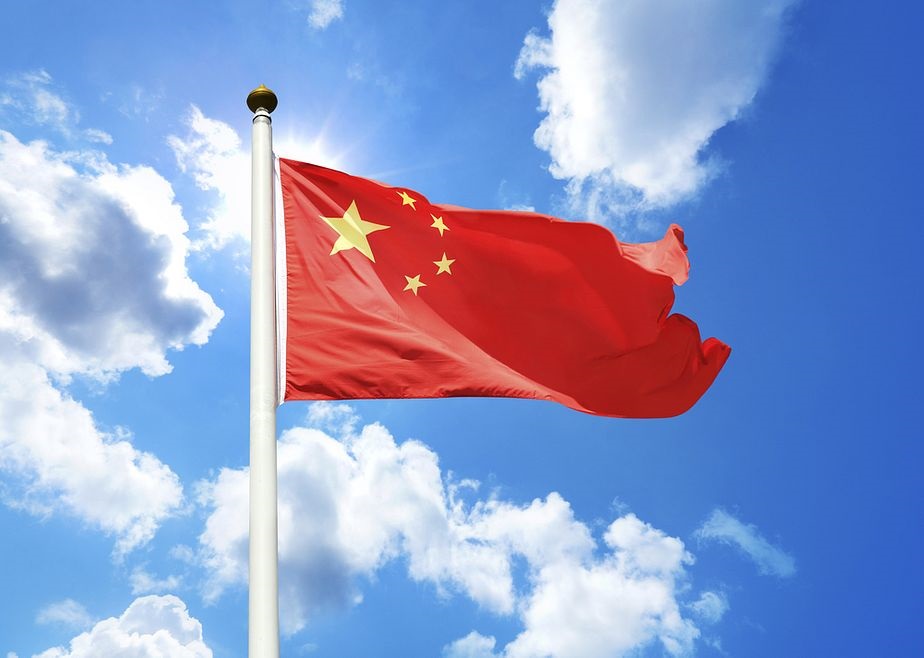Who could have imagined that the year-end trip to Japan of our very own go-to techie, Jason, who manages relations with our technology developers, would unveil a world of . . . KitKats. Yes, KitKats.
Already a personal favorite around the office, the familiar blood-orange packaging was a sweet confectionary reminder of childhood—as well as real-time indulgences.
But Jason, our very own bakery detective, returned for the New Year with a special supply of KitKats from the Land of Rising Vending Machines.
No less than baseball, the all-American export has become a staple of Japanese consumption, with a unique look-and-feel consistent with its adoptive home.
KitKats Beyond Borders
One of the reasons behind the popularity of KitKat in Japan is the cultural significance attached to the brand. KitKat is often given as a gift to students before exams, as “Kitto Katsu,” which translates to “You will surely win,” is a popular expression in Japan.
Japanese KitKats come in beautiful decorative packaging, each one a work of art. But what truly sets them apart is the variety of flavors, meticulously researched and developed by expert flavor engineers. Milk Tea flavored KitKats, for your pleasure? Purple sweet potato? Saki? Melon? Peach? Miso Soup? Sweet Red Bean? Coffee Break? And more . . . you’d almost think it was a national obsession! Introduced to Japan in 1973, there are now more than 300 flavors.
A Symphony of Flavors
Jason’s special supply included an assortment of these unique KitKat flavors, and the office was abuzz with excitement. Colleagues gathered around, tasting the exotic treats that had traveled thousands of miles to grace our desks.
As we savored the distinctive flavors, it became clear why Nestlé’s overseas marketing strategy for KitKats in Japan has been a smashing success. The cultural connection, attention to detail, and a flair for innovation have transformed KitKats into more than just a chocolate bar—they are a symbol of Japanese creativity and hospitality.
Expressing Exuberance Through Products
Japan, a powerhouse economy, stands out for its special brand of flamboyance, transforming products into expressions of national exuberance. Many Japanese enterprises, including those who avail our services to authenticate documents in global markets, play a crucial role in global trade. They contribute to a diverse array of consumer goods, advanced medicines, medical devices, and a plethora of goods and services.
All of us at WCSS extend our heartfelt thanks to our Japanese clients for occupying our client portfolio and for their indispensable role in global trade. And a special shout-out to Jason for not only managing our technology relations but also bringing a piece of Japan’s delectable culture into our daily office routine.
So here’s to Nestlé, here’s to Japan, and here’s to the unexpected joy that comes in the form of a KitKat. Because sometimes, a simple chocolate bar can be the bridge that connects us to cultures and flavors beyond our imagination.





